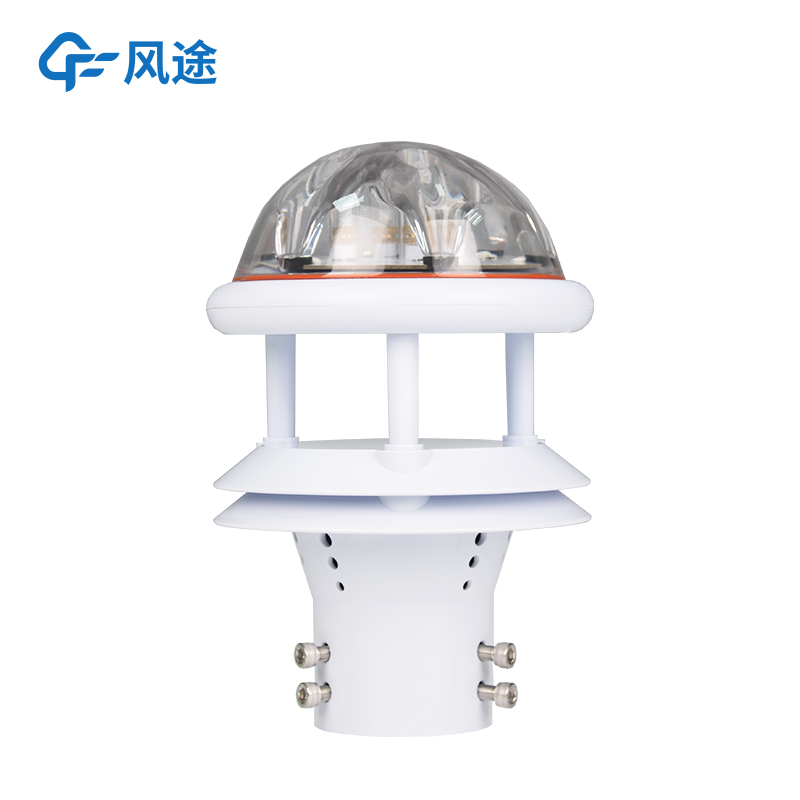Tianqiong Sensor IOT Technology Co., Ltd
Sales Manager:Ms. Emily Wang
Cel,Whatsapp,Wechat:+86 15898932201
Email:info@fengtutec.com
Add:No. 155 Optoelectronic Industry Accelerator, Gaoxin District, Weifang, Shandong, China

Sales Manager:Ms. Emily Wang
Cel,Whatsapp,Wechat:+86 15898932201
Email:info@fengtutec.com
Add:No. 155 Optoelectronic Industry Accelerator, Gaoxin District, Weifang, Shandong, China
time:2025-02-27 14:24:46 source:Weather Station viewed:2 time
What equipment is needed for Rainfall Monitoring?
How can we accurately describe a rain?
From a literary perspective, "The rain came down, thick and fast; and pattered noisily among the leafless bushes." - Excerpted from Oliver Twist.
From a scientific perspective, "Rain is a natural precipitation phenomenon in which water vapor in the atmosphere cools and condenses to form water droplets or ice crystals large enough to fall from the clouds to the ground."
From a meteorological perspective, "This rain is a frontal rain, which lasted for 3 hours, with a moderate precipitation intensity, a precipitation amount of 15 millimeters, and the diameter of raindrops being about 1 - 2 millimeters."
To obtain specific data in meteorology, corresponding instruments are required.
When it comes to Rainfall Monitoring, the required instruments are various rain gauges.
The Stainless Steel Tipping Bucket Rain Gauge measures the amount of rainfall by counting the number of times the tipping bucket turns. Each turn of the tipping bucket represents a certain amount of rainwater, and it can achieve automatic recording and data transmission. It is often used in automated monitoring scenarios such as meteorological stations.
The piezoelectric rain sensor works based on the principle that the piezoelectric material generates an electric charge when impacted by raindrops. It can convert the kinetic energy of raindrops into an electrical signal to measure the amount of rainfall, with a fast response speed and high precision.
The Radar Precipitation Sensor Rain Gauge Distrometer is based on the principle of microwave scattering. By transmitting and receiving microwave signals and analyzing the scattering and reflection of microwaves by raindrops, it can measure rainfall and can monitor the rainfall intensity and distribution in real time.
The Optical Rain Gauge uses the attenuation characteristics of infrared light in the rain. According to the degree of absorption and scattering of infrared light by raindrops, it can detect rainfall and can quickly determine the rainfall status. It is often used in fields such as intelligent transportation.

The Portable el detector is an important device used to detect various defects in photovoltaic (PV) cell modules. It can accurately detect defects such as hidden cracks, fragments, and poor soldering in PV cell modules. These internal defects can seriously affect the service life and long-term power...
In the fields of solar energy resource assessment and meteorological monitoring, the Fully Automatic Solar Spectrometer is revolutionizing traditional measurement methods. This instrument combines multi - spectral filters with thermopiles to capture radiant energy within the spectral range of 280 to...
In the production and use of photovoltaic modules, grid breakage is a relatively common and thorny problem. Grid breakage refers to the existence of breakpoints in the silver paste printing of the main grid of the solar cell, which causes the fine grid lines on the solar cell to be open-circuited wi...
The Ultrasonic weather station integrates various sensors with different functions, such as sensors for measuring wind speed and direction, sensors for detecting temperature and humidity, and sensors for recording rainfall, etc., all in the same device. This design makes the structure of the weather...